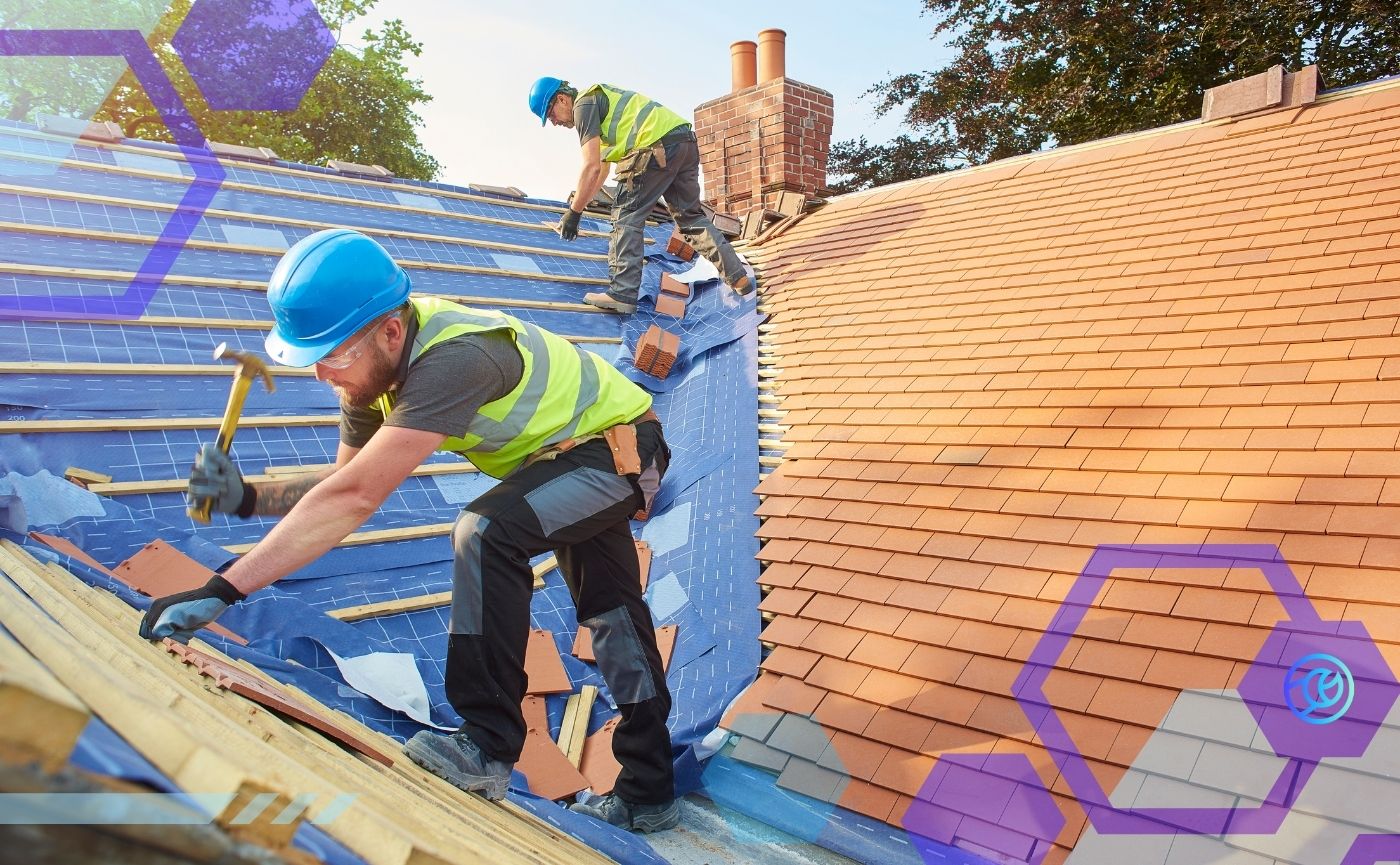The Biggest AdTech Mistake You Can Make With National-to-Local Social Advertising
Never build a strategy around your tech platform. That’s it. That’s the mistake. Instead, choose your tech platform based on your strategy. Here are 6 questions to guide you when evaluating which AdTech platform is right for what you want to accomplish.
Scale: How Do You Define It and How Does It Occur in the Platform?
Scale is an overused, ambiguous term in local. Check the definition before assuming a platform can really scale. For many platforms, scale is accomplished by uploading a location list and launching across DMAs. This approach forces marketers to use subpar, generalized messaging or targeting that is so broad, their local partners question if there is any benefit to their specific locations at all.
Look for a platform that offers a strategic and flexible scale – for example, where the ad launches. A flexible platform will be able to seamlessly launch ads from your brand’s Facebook Business Page(s) and your local partners’ Facebook Business Pages. You’ll learn more about why this flexibility is important as we address the next questions.
Testing: Can You A/B Test Ads Within the Same Campaign?
A/B testing within a single campaign enables you to discover how assets and copy resonate with users, then apply those learnings to future ad builds. How you achieve this brings us full circle to how your platform scales. As a marketer, you want to continuously improve your ads. Fortunately, simple questions can be quite revealing.
If a platform runs campaigns off of a single corporate Facebook Page, Meta caps campaign ad sets to 200 locations, which is extremely limiting for big cities and DMAs with more than 200 locations or areas where a multilingual strategy is needed. Layer on the desire to test multiple ad variations per location and something like A/B testing becomes impossible within a single campaign.
The best way to use A/B testing is to launch ads from individual Facebook Pages. This gets around the ad limit issue and enables a genuinely local, scalable testing model. Better yet, A/B and even C tests can be delivered with every campaign, allowing Facebook to optimize and deliver the best-performing ads to the unique audiences associated with each location. This enables Facebook to optimize ads based on local audiences and deliver the best-performing ads that are unique to each location.
Data: How Granular Can You Get? And How Far Back Can You See?
Transparency, like scale, has become almost useless as a term to describe a platform. So, it is on the marketer to assess and define the actual level of insight a platform can offer. For example, ad limits don’t just inhibit A/B testing, they can also keep you from compiling historical data. Because of the ad set limits that apply to individual Facebook Pages, scaling from a single corporate entity forces users to delete old campaigns, erasing historical data. Gone is the granular data, further limiting you from gleaning deeper insights into targeting, creative performance, and more. The granular data that helps marketers understand what’s working, what isn’t, and what changes might yield better results is simply gone.
Alternatively, campaigns run from Local Business Pages ensure data can be saved long-term. Moreover, Local Page campaigns detail and clarify insights that broader-targeted campaigns could never provide. For instance, if the weekly report found that your national campaign resulted in 100K impressions across the Chicagoland DMA, a more localized approach would show that 30K impressions came from Oak Brook, 10K came from Joliet, 50K came from Downers Grove, 5K came from Hinsdale, and 5K came from La Grange. With these localized insights, you can understand where performance happens and control where you allocate your ad spend. The right platform will wrap all of these metrics up into a user-friendly dashboard with insights at the global, regional, and location level.
Support: How Much do You Have to Rely on the Support Team to Troubleshoot Issues?
Errors are inevitable, whether you work natively in Meta or on any platform. Good marketers focus less on trying to prevent every single one and instead focus on ensuring strong processes to fix the ones that arise. Your partners don’t have the time to manually check every error flagged on their campaigns. They need an automated system that exposes ad errors with easy-to-understand, customer-friendly language. The platform you choose should train its users, empowering them to troubleshoot errors so they can republish campaigns themselves without running into further delays. Additionally, a knowledgeable support team should always be on the sideline ready to help – not just to solve immediate problems, but to guide you in maximizing the usage of the platform based on your ever-changing goals and strategic challenges.
Can you Leverage Location Listings to Power Your Social Ads?
It’s one thing to make an ad local just by mentioning the city of the store name, but integrating with a location listings provider, like Yext or Uberall, takes campaign localization to a whole new level. Direct communication between a listing management service and social ad platform allows for some obvious automations and capabilities — with, for example, basic store details like hours and location. But much deeper value can be unlocked if the listings integration can also pull in unique local store attributes like drive-thru availability, late-night or breakfast menus, delivery, or curbside pick-up service. When these kinds of attributes are automatically layered on top of the locations in your ad platform, you open countless new opportunities to split, focus, and optimize your ad creative.
Is the Platform Keeping up with Meta’s Changes?
There is a lot happening in Meta that requires brands to adjust how they are executing social advertising. For one, Meta is moving to outcome-based objectives called ODAX. Basically, Meta is consolidating its current 11 objectives to 6. This is the biggest overhaul of their advertising in years, and requires quite a bit of reprogramming for AdTech providers. Make sure your AdTech provider hasn’t overlooked these changes as it is likely to cause countless issues.
Discover how Tiger Pistol can power your local advertising success.
Related Posts
Why Automation Is Essential for Scaling Local Advertising in QSR Franchise Systems
QSR franchise marketers are stretched thin. Teams of two or three are managing campaigns across hundreds—or thousands—of locations, often across multiple platforms. The work is constant: building creative, fielding franchisee questions, approving assets, tracking performance, adjusting budgets. And the more successful the program, the more labor-intensive i
How Collaborative Advertising Delivers Exponential Success for Brands & Their Channel Partners
With everybody and their mother using social media these days to advertise, it’s necessary for brands to create effective marketing messages that reach and resonate with their consumer base. Enter collaborative social advertising. Through a symbiotic process, brands empower their channel-partners with resources and templatized branding materials while cha
Turning Sports Fandom into Beverage Sales: Local Social Advertising for Winning Trade Partnerships
The U.S. alcoholic beverage market has embarked on a remarkable journey, poised to exceed $2 billion by 2031. Worldwide, the market is expected to grow by 5.42% annually. This surge is not only driven by consumer demand but also by a significant shift in preferences. In 2022, spirits sales exceeded beer sales for the first […]
Marketing Resellers: Want to Capture More SMB Dollars? Start with These 3 Strategic Fixes.
The numbers tell a clear story. Nearly half of small and midsize businesses (SMBs) are set to increase their digital marketing budgets in 2025 and almost all of the rest will maintain their 2024 spend. Moreover, 50% percent of SMBs say digital marketing and online advertising are among their most effective ways to acquire new […]





